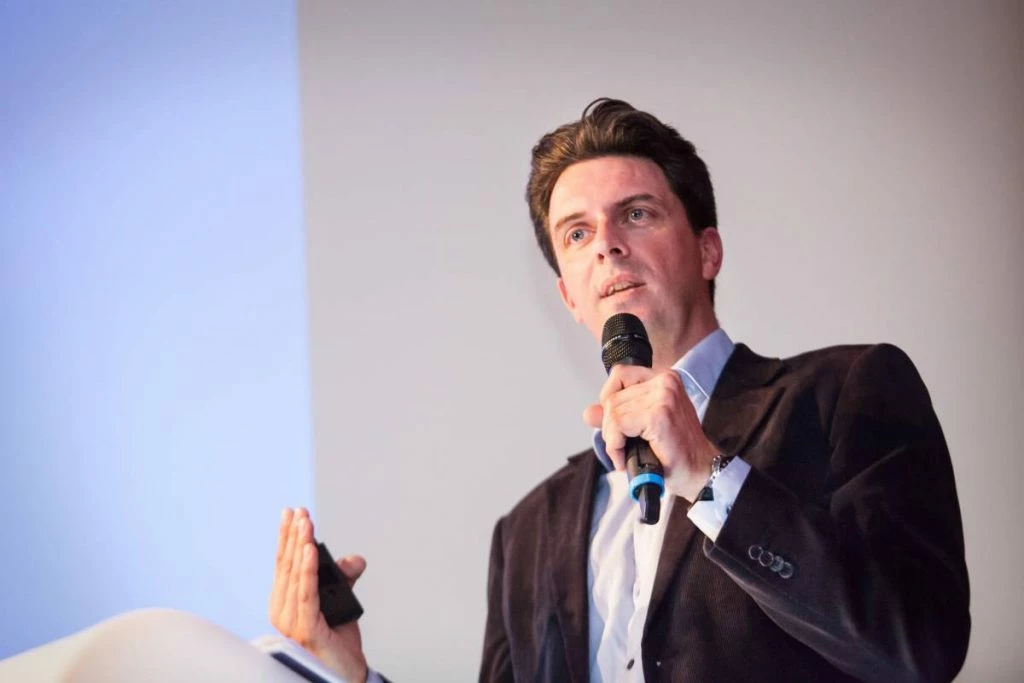
Partner Article
Time with clients is precious – here’s how to make the most of it
Modern communication technologies have changed working life for marketing professionals. Many moons ago, before the advent of the World Wide Web, the only way to effectively engage with your clients was by setting up lengthy in-person meetings. Nowadays, the bulk of communications happen virtually and the amount of time spent with your clients face-to-face has consequently diminished. This isn’t to say that these sessions aren’t valuable anymore – far from it. The need for in-person conversations just isn’t as immediately apparent.
Face-to-face meetings provide the opportunity to build trust and strengthen relationships, and, when done right, can help effectively communicate ideas in a way that’s difficult to achieve remotely. The key to a successful in-person meeting, though, lies in getting your key points across succinctly and effectively, taking up only as much time as absolutely necessary, while making sure what you presented sticks with your audience. With time now at a premium, this article will explore how using innovative presentation tools and techniques can help you leave a positive and lasting impression with your clients.
Conversational presenting
How often do people sit through meetings where only 1/3 of what is being presented actually matters to them? In today’s hyper-connected world, where everything happens instantaneously, marketing professionals can’t afford to waste time presenting information that the client doesn’t want to see. Taking a conversational approach to presenting, inviting your clients to point out the areas of discussion most relevant to them, allows the presenter to better focus the conversation. This creates a much more dynamic and engaging meeting environment.
The way to go about this is to build a presentation that contains all the content relevant to your meeting, using a tool that enables you to navigate smoothly between different parts of the presentation, depending on where the discussion takes you, without much fuss. A zoomable user interface, for example, was found by Harvard researchers to be a more effective presentation medium than linear slideware. A conversational presenting approach to leading a meeting supported by an agile presentation structure can therefore really help you and your clients make the most of your time together.
Effective data storytelling
Another way to leave a lasting impression is by telling stories with data, or what is commonly known as data storytelling. Most marketing professionals know that presenting data in a visual way is much more effective – but sometimes they can go a little overboard with their creations. Complex charts, dense tables and over-complicated infographics not only take clients far longer to digest, but can detract from your narrative and draw discussions away from the central purpose of your presentation.
It’s important to stop and think about the story you are trying to tell before starting to design your presentation. Once you understand your message, the process is much easier. Organise your data logically, use colour to pull out the key parts of any charts you are creating, and don’t be afraid to label your data directly if it makes your charts easier to read. A good way to test how effective your visual materials are is to put them in front of a colleague and see if they can understand them in 30 seconds or less. By including data that supports your narrative in an easily-digestible format, you can draw your clients to the right conclusion quicker.
Keep your audience engaged
Technology has changed the way that people consume information, with mobile phones and our social feeds changing how we pay attention to things. Our brains like fast changing formats, so when leading a meeting, switch between different verbal and visual presentation techniques often, in order to keep your audience engaged. Again, simple adjustments, like having presentations with zoomable user interfaces, can really make a difference.
Even if you are a great presenter, when you walk out of a meeting the audience may only remember a small portion of what you said. Don’t leave that to chance. Decide what your key messages are and make sure you communicate them multiple times during the presentation – visually, with text, and also with your words. The old adage of repetition, repetition, repetition, still holds true.
Ultimately, time will continue to be an incredibly valuable resource for marketing professionals, especially if we are talking about time spent with clients and prospects. But by delivering a slick presentation, combining innovative presentation techniques with the tools that facilitate their delivery, you can help ensure that your clients walk away feeling that they’ve really achieved something from your time together – and that is the best possible outcome of any meeting.
This was posted in Bdaily's Members' News section by Spencer Waldron .




 test article 123456789
test article 123456789
 hmcmh89cg45mh98-cg45hm89-
hmcmh89cg45mh98-cg45hm89-
 test456456456456456456
test456456456456456456
 test123123123123123123
test123123123123123123
 test xxxdiosphfjpodskhfiuodsh
test xxxdiosphfjpodskhfiuodsh
 Savour the flavour: North Tyneside Restaurant Week returns for 2024
Savour the flavour: North Tyneside Restaurant Week returns for 2024
 Six steps to finding the right buyer for your business
Six steps to finding the right buyer for your business
 Stephen signs off on a special night
Stephen signs off on a special night
 Life’s a Peachaus: Gillian Ridley Whittle
Life’s a Peachaus: Gillian Ridley Whittle
 Making a splash: Phil Groom
Making a splash: Phil Groom
 Making workplace wellbeing a priority
Making workplace wellbeing a priority
 A record of delivery, a promise of more: Ben Houchen
A record of delivery, a promise of more: Ben Houchen